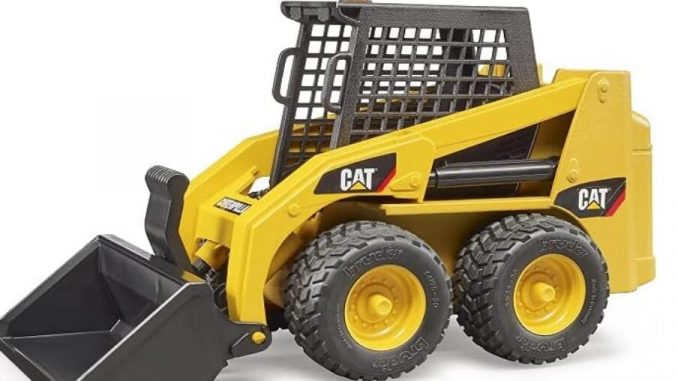
Maintaining heavy equipment is crucial for ensuring its longevity, reliability, and safety. Here’s a comprehensive guide on how to properly maintain your heavy equipment:
- Establish a Consistent Maintenance Routine:
- Schedule regular inspections and maintenance tasks for each piece of equipment.
- Check for signs of wear and tear, leaks, loose bolts, and damaged components.
- Create a checklist for each inspection to ensure no crucial points are missed.
- Document Equipment Maintenance Records:
- Maintain detailed records of all maintenance activities, including dates, tasks performed, and any issues detected.
- Use a digital or physical logbook to track repairs, replacements, and routine servicing.
- Analyze maintenance records periodically to identify patterns, trends, or recurring issues.
- Comply with Manufacturer Guidelines:
- Follow the manufacturer’s recommendations for maintenance intervals, lubrication, and servicing.
- Refer to the equipment manual for specific guidelines on troubleshooting, adjustments, and replacement parts.
- Adhere to recommended fluid types, filtration standards, and operating parameters.
- Protect Your Investment in Storage:
- Store equipment in a clean, dry, and well-ventilated area to minimize exposure to moisture, dust, and sunlight.
- Use protective covers or tarps to shield equipment from harsh weather conditions when not in use.
- Implement proper storage practices to prevent corrosion, rust, and deterioration of components.
- Invest in Employee Training:
- Provide comprehensive training programs for operators and maintenance personnel.
- Educate employees on equipment operation, safety protocols, and maintenance procedures.
- Encourage ongoing learning and skill development to enhance equipment proficiency and troubleshooting capabilities.
- Monitor Equipment Performance:
- Utilize telematics systems or monitoring tools to track equipment usage, performance metrics, and diagnostic data.
- Monitor fuel consumption, engine hours, hydraulic pressures, and temperature readings to detect anomalies or potential issues.
- Implement predictive maintenance strategies based on real-time data analysis to prevent unexpected breakdowns and optimize uptime.
- Perform Regular Cleaning and Lubrication:
- Keep equipment surfaces clean from dirt, debris, and contaminants that can accelerate wear and corrosion.
- Lubricate moving parts according to manufacturer recommendations to reduce friction and extend component life.
- Use appropriate lubricants and greases for different equipment components, such as bearings, gears, and hydraulic systems.
- Address Issues Promptly:
- Act quickly to address any identified issues or abnormalities during inspections or routine maintenance.
- Prioritize repairs based on severity and potential impact on equipment performance and safety.
- Work with qualified technicians or authorized service providers for complex repairs or troubleshooting tasks.
By following these maintenance practices diligently, you can optimize the performance, reliability, and longevity of your heavy equipment while minimizing downtime and costly repairs. Remember that preventive maintenance is an investment in the future productivity and profitability of your operations.
More informaiton about heavy truck scanner, please visit https://www.obdii.shop
No related posts.
Leave a Reply